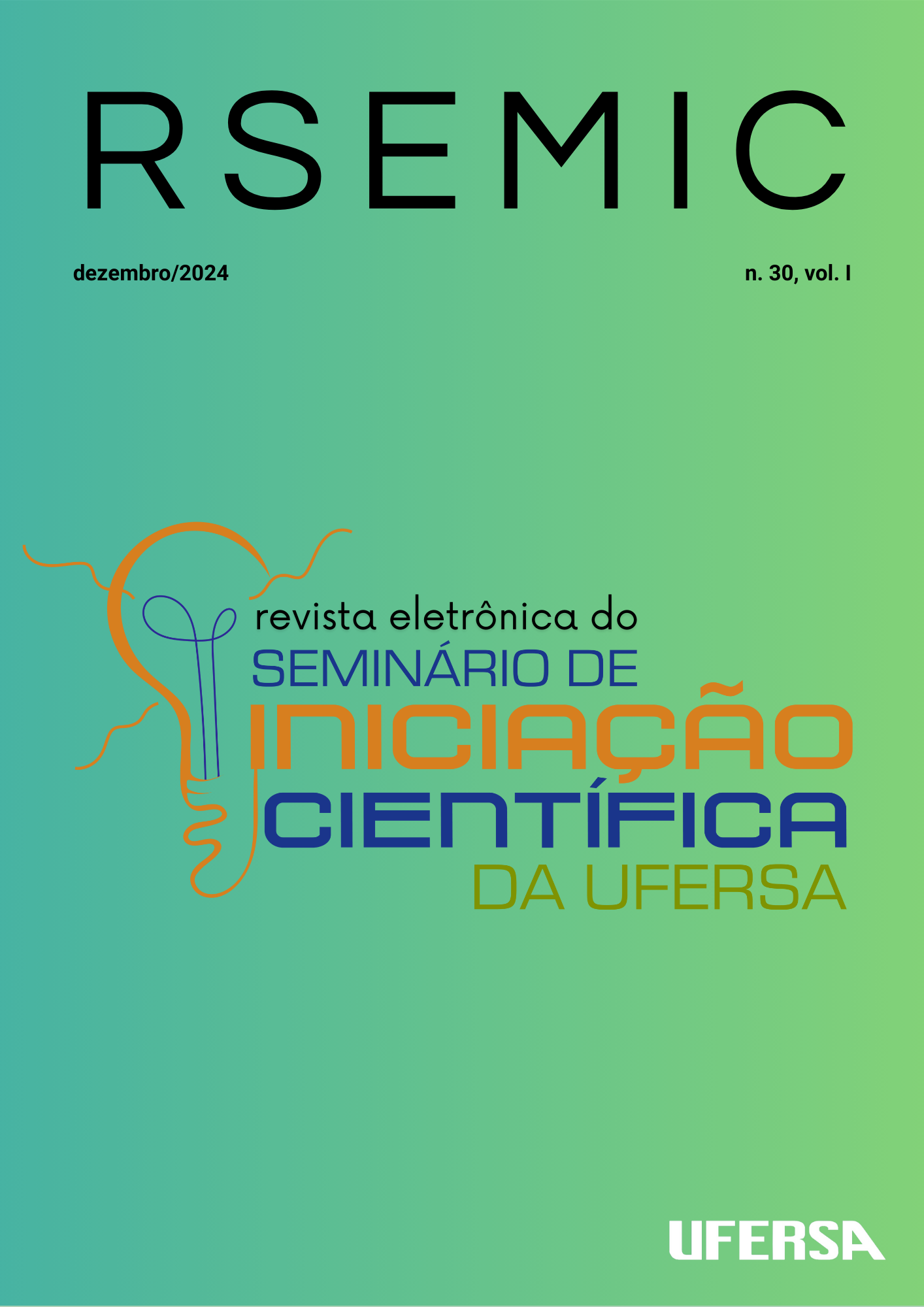Durabilidade natural da madeira de espécies nativas da Caatinga
Palavras-chave:
Madeira, Caatinga, Durabilidade NaturalResumo
Knowledge about wood degradation is of fundamental importance for efficient use assignments. Some forest species possess high durability and can withstand outdoor conditions in good condition for many years. Therefore, the present study aims to evaluate the behavior of five native woods from the caatinga biome subjected to field decay. In this experiment, the woods used were: jurema-de-embira (Mimosa ophthalmocentra), jurema-preta (Mimosa tenuiflora), pereiro (Aspidosperma pyrifolium), pau branco (Auxemma oncocalyx), and sabiá (Mimosa caesalpiniifolia). As a reference, three logs of Eucalyptus sp., treated with Chromated Copper Arsenate (CCA), were used. Over a five-year period, analyses of these woods' degradability were conducted. Wood billets from each species, approximately 50 cm in length, were buried halfway in the field, exposed to weather conditions throughout the study period. Every six months, all billets were unearthed and evaluated based on wood integrity and deterioration index. After each evaluation, the material was cleaned, and the samples were taken to the laboratory for weighing. Subsequently, these samples were returned to the field under the same conditions. Based on the weighing data, mass loss was determined for each wood type. The species sabiá (Mimosa caesalpiniifolia), jurema-preta (Mimosa tenuiflora), and eucalyptus (Eucalyptus sp.) showed the best parameters regarding natural resistance. The grading-based evaluation showed a different trend than that obtained through mass loss. This result suggests that subjectivity inherent in this visual assessment may influence the analysis of the results.

